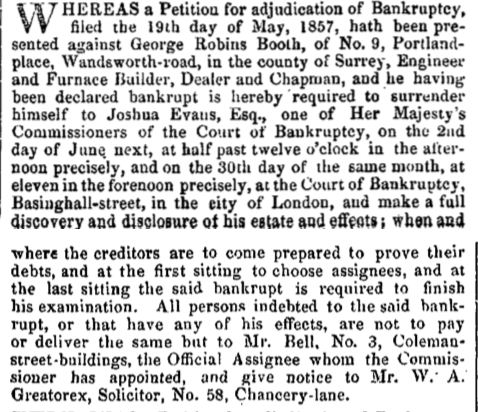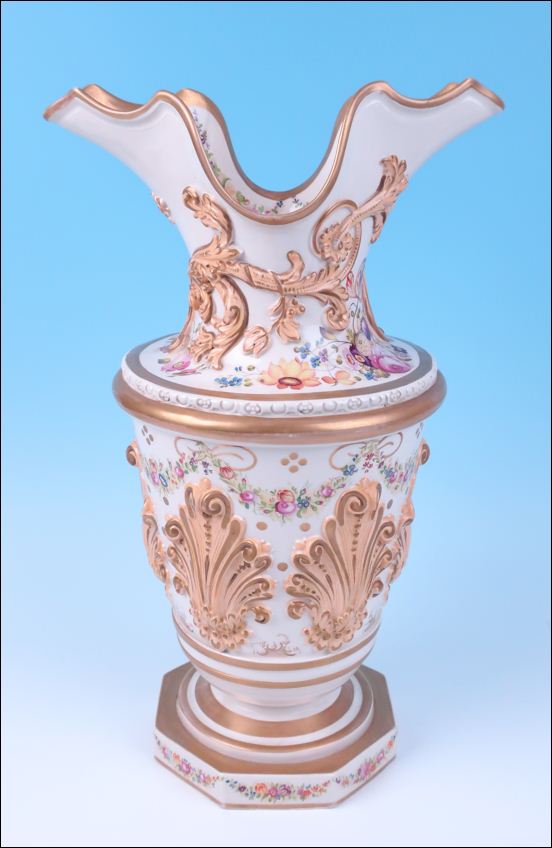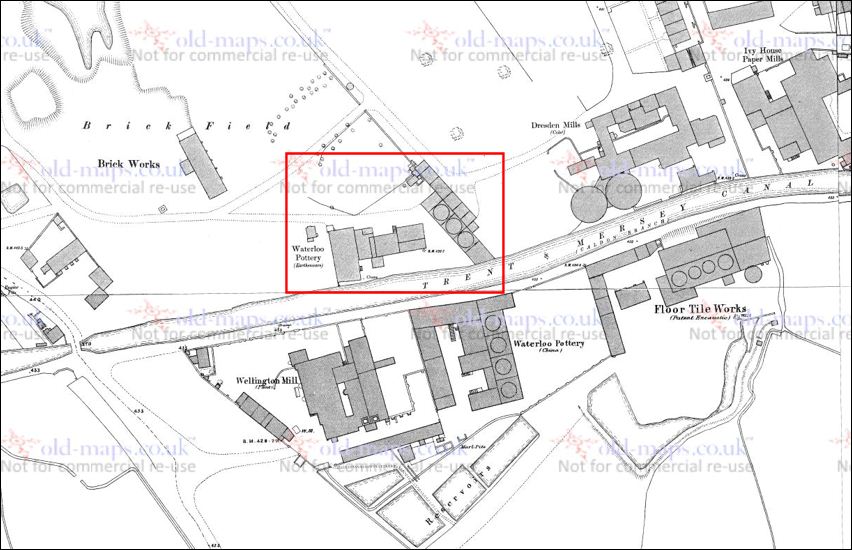![]()
|
G R Booth (& Co) |
Location and period of operation:
|
George Robins Booth |
Hanley |
1829 |
1844 |
Earthenware
manufacturer and colour miller at the Waterloo Works, Canal
Side, Hanley, Stoke on Trent.
In an 1841 trade Directory (Piggot) he is listed as a China
manufacturer.
|
The London Gazette
28 July 1829

notice of the dissolution of
the partnership between
George Robins Booth and William Ward Booth
Cobalt and Zaffre- Refiners
| Zaffre (also spelt Zaffer) is a deep blue pigment obtained by roasting cobalt ore, and is made of either an impure form of cobalt oxide or impure cobalt arseniate.
|
William White
Gazetteer of Staffordshire
1834

Colour Manufacturer
Booth George Robins, (and dry
salter) Waterloo Place and
Albion terrace
drysalters "were dealers in
a range of chemical products,
including glue, varnish, dye and colourings
The Edinburgh New Philosophical
Journal Volume 35

notice of a patent granted to
George Robins Booth
applied for 15th June 1843
The London Gazette
22 May 1857

notice of declaration of
bankruptcy of George Robins Booth
of 9 Portland Place, Wandsworth Road, Surrey
Engineer and Furnace Builder, Dealer & Chapman

Earthenware vase by G. R. Booth &
Co
photos courtesy of: Gareth
Jones

Published by G. R. Booth &
Co
Hanley, Staffordshire
May 29 1839
The 'published' date is the
date of the first publication of the pattern - the ware may have been made at
a date after that.
Also recorded that "These potters produced red ware — a kind of terra-cotta, decorated with medallions, wreaths, etc., in relief, sometimes in black and at others the whole of the body and ornament were in red. - The mark was the name, address, and date, in a border — "Published by G. R. Booth and Co., Hanley, Staffordshire" |
United States Patent Office
George Robins Booth, of Hanley, England
Improvements in kilns for
pottery
Letters Patent No. 9230 dated August 31, 1852

| To all whom it may
concern: "Be it known that I, GEORGE ROBINS BOOTH, engineer of HANLEY, in the Staffordshire potteries, England, a subject of the Queen of Great Britian, have invented certain improvementsin the Mode of Applying Heat to the Burning of Pottery, Bricks, Tiles, Pipes and other Articles of Earthenware..." |


OS Map 1880
Waterloo Pottery alongside the Caldon Branch of the Trent & Mersey Canal

The Borough of Stoke-upon-Trent
by
John Ward
1842
| The Ivy House Paper Mills to the right of the map above were those of Messrs. Fourdrinier, next are the Dresden Colour Mills of Mr. W. M. Meigh and then the Waterloo Works and colour mill of Mr G. R. Booth. |
Questions, comments, contributions: email: Steve Birks